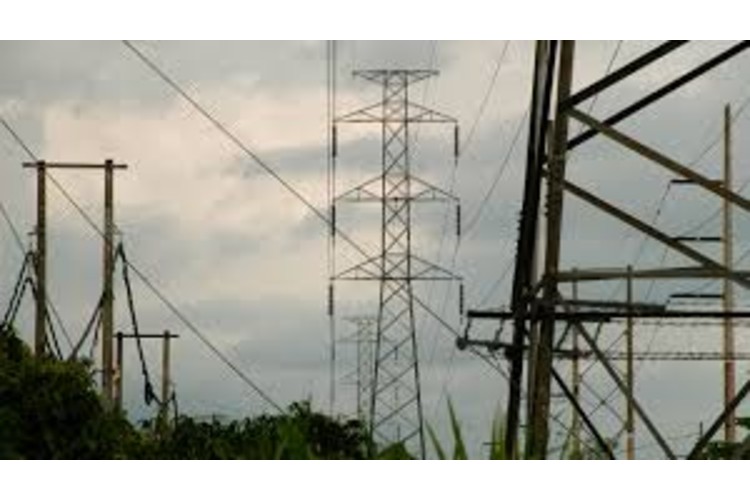The Asian Development Bank (ADB) has planned to allocate up to $10 billion towards the Association of Southeast Asian Nations (ASEAN) Power Grid (APG) initiative to expedite cross-border connections and national grid projects. ADB has also programmed an additional $27 billion in financing over the next three years to support the region’s energy transition and clean energy investments to boost energy security, enable power trade, and drive sustainable development across the region.
ASEAN partners were assured that ADB could mobilise additional resources as needed. This ambitious project aims to create a unified regional energy network across 10 Southeast Asian countries, improving energy supply reliability, reducing costs, and promoting the transition to clean energy sources.
The APG initiative, launched in the 1990s, is designed to interconnect the energy systems of Brunei, Cambodia, Indonesia, Laos, Malaysia, Myanmar, the Philippines, Singapore, Thailand, and Vietnam. The project seeks to facilitate cross-border electricity trade, reduce costs, improve energy supply resilience, and accelerate the shift to clean energy sources. With the backing of the ADB and other international partners, implementation has gained momentum in recent years. Currently, there are 13 cross-border transmission lines with a combined capacity of 5.2 GW. Laos, which is rapidly expanding its hydroelectric power capacity, already exports electricity to Thailand, Malaysia, and Singapore. Additionally, Thailand and Malaysia maintain stable energy exchanges through bilateral agreements.
The APG is being rolled out in phases. The current phase emphasises multilateral energy connections and infrastructure modernisation. Among the upcoming projects is the Nusantara Grid in Indonesia, which will link the energy systems of various islands—a critical development for the world’s largest archipelagic state. Future plans include expanding the network to 27 physical connections, covering the entire region. Despite its promise, the project faces hurdles, including regulatory fragmentation, differing national standards, and substantial infrastructure costs. However, regional cooperation and joint investments are expected to address these challenges.













